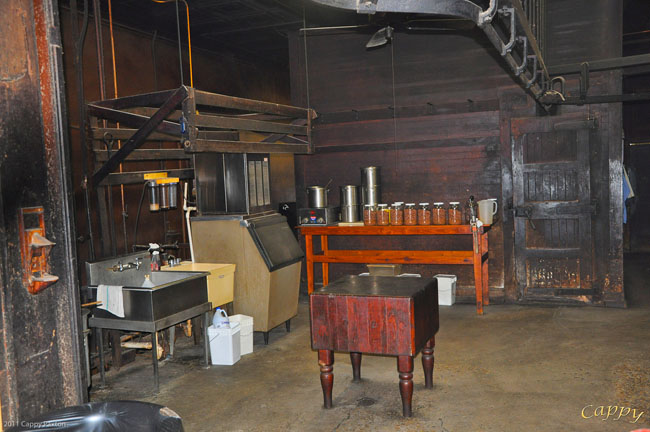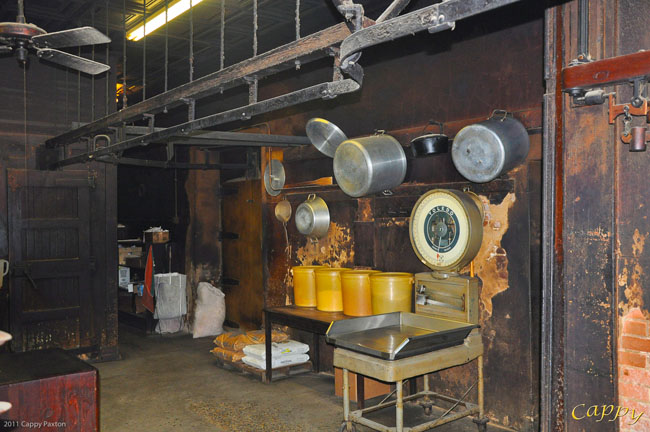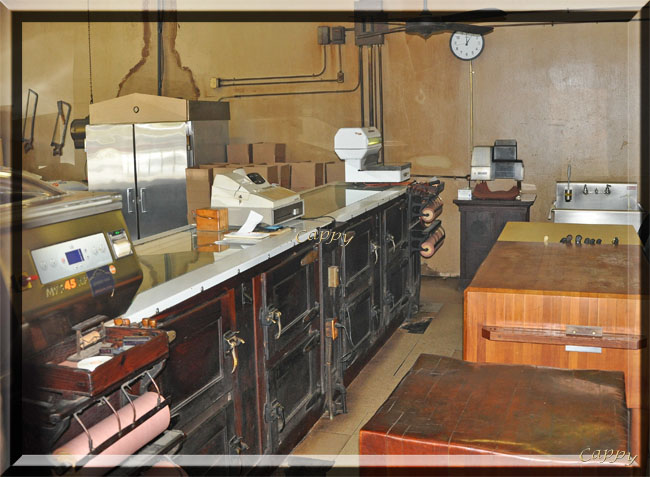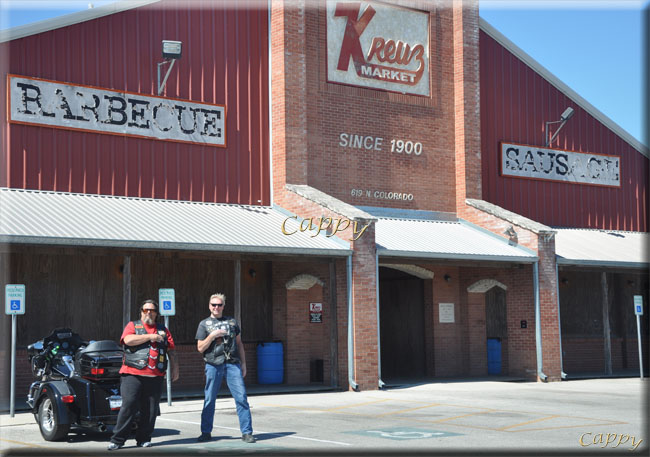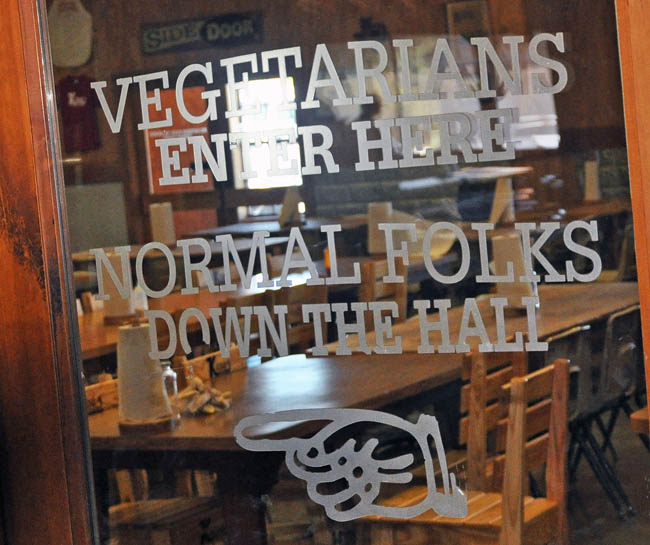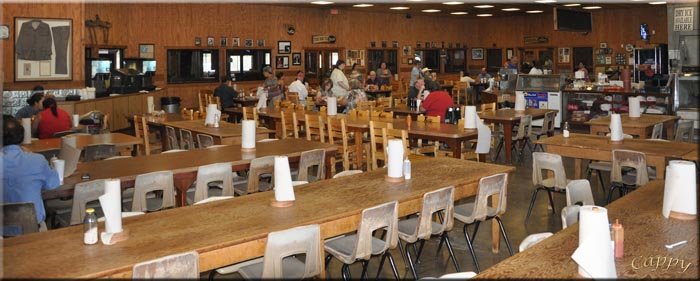

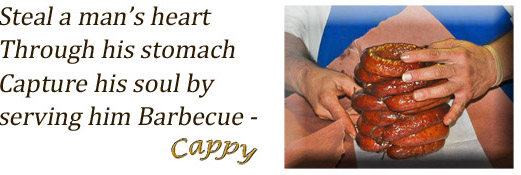
Barbecue Capital of Texas -
Texas Legislature, first the House of Representatives in the spring of 1999, then, the Senate in the fall of 2003, passed a resolution proclaiming Lockhart, Texas "The Barbecue Capital of Texas."
There are folks all over the country that are proud of their barbecue, but none more passionate than a Texan. Each and every Pit Master, Smoker or Back-yard Griller believes their's is the very best BBQ in the land. I am not going to argue with any of them, but I will offer my opinion on the subject, while at the same time, remain open for testing anyone's claims to barbecue or grilling greatness.
A Helmet-Full of Lockhart History -
Green DeWitt was tasked with establishing county boundaries throughout Texas. Jose Antonio Navarro appointed Byrd Lockhart surveyor to Dewitt's colony. Previously, Byrd had opened a road along the Lavaca River from Bexar, to Matagorda Bay. In 1830 Lockhart was awarded four leagues of land on Plum Creek.
James W. Fannin, Jr. requested Lockhart serve as a scout at the outbreak of the Texas Revolution. Later, he and Mathew Caldwell, a signer of the Texas Declaration of Independence and nicknamed "Old Paint" (because his whiskers were spotted), were tasked with raising volunteers from Gonzales to Bastrop to fight in the battle of Gonzales. Lockhart then mustered into service with the Gonzales Ranging Company of Mounted Volunteers.
Lockhart and Andrew Jackson Sowell were sent from the Alamo at Bexar to pick up supplies for the garrison. While they were busy buying cattle and supplies, Santa Anna attacked the Alamo. Lockhart later became a captain in a spy company in the Texas army. He died in 1839. The city of Lockhart was named after him.
Texas Frontier Settlement -
The Comanche loved to play the "kidnap and ransom" game. In 1840, about 65 Penateka Comanche came to San Antonio for, what was suppose to be, a hand-over of the white settlers that were kidnapped in recent years.
What they brought were a few Mexican children and Matilda Lockhart. Matilda's nose had been burned off, her body bruised and abused. This didn't set well with the Texas soldiers. Chief Muk-wah-ruh explained that the other captives were in various tribal camps across the Comancheria. The commissioners told the Comanche that they would be held until the kidnapped were returned. The Indians disagreed vehemently and a fight ensued where many of the Indians were killed, a few Texans were killed or wounded. A lone Indian woman was released to carry a message to the Penateka. They never answered those demands. They did respond later when Buffalo Hump lead a passel of warriors on a warpath that cut a bloody swath through central Texas, along the Guadalupe valley.
Folks were down right frightened to settle anywhere near Comancheria. The Llano Estacado belonged to the Comanche and that was all there was to it. That was until Capt. Mathew Caldwell (aka Old Paint), his troops and the Texas Rangers, under Ben McCulloch, overtook the Indians at Plum Creek, near present day Lockhart. This military victory encouraged settlers to come to Texas and settle. They came alright, in waves, which changed the face of Texas forever.
The Chisholm Trail -
The Caldwell County soil is not all that great for raising lush crops. With its expansive grasslands and access to fresh water, it was ideal for raising cattle. Before the railroads came the biggest obstacle to successful beef ranching was access to the market. After the Civil War, a man by the name of Thornton Chisohlm, a son of settlers from Scotland, gathered together a herd of 1,800 head and made it north to the railroad that would transport the cattle to market.
Traditionally, the herds that came through the Chisholm trial bedded down after crossing Plum Creek. They would then go into Lockhart and obtain the services of a cutter, someone to guide the herd through town. You can imagine that taking anywhere from 1,800 to 2,500 cows through town would make a mess of things. Since local ranchers were selling beef for the cattle drives, the townsfolk figured a little mess wouldn't hurt anyone. Texas has long prospered from bovine gold.
Caldwell County Courthouse -
The Caldwell County Courthouse, you see below, is the third built on the town- square. It was constructed of Muldoon Limestone with a Red Pecos Sandstone trim in 1894. A four way Seth Thomas clock sits atop the tower above the third floor.
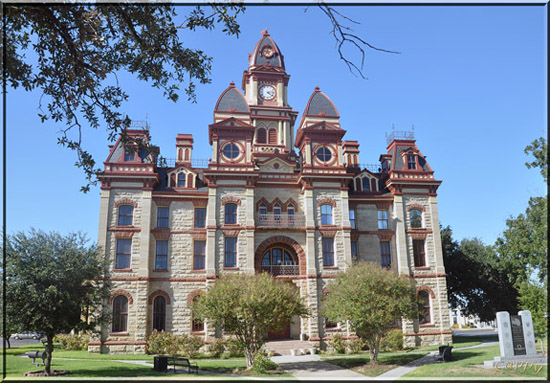
Lockhart Town Square
The courthouse came with electric wire installed. It was setup for an electric hook-up. What the building didn't have was indoor plumbing. When the first bathrooms were installed, they constructed them inside the broom closets. It is said that after receiving the first water bill, the county judge padlocked the doors to the restrooms.
After ten years of hard work, involving hundreds of the local residence, a complete historic restoration was accomplished. Black's BBQ is about a block off the square. If you come for 'Q', the courthouse will make a fine photo op.
Page 2
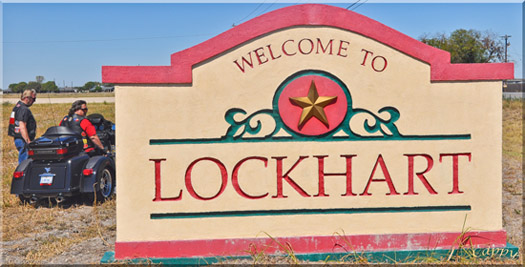
The BBQ Capital of Texas -
We came to the area to document the damage caused by the horrendous fires that destroyed so many homes in the area. Our hearts were broken at seeing majestic evergreens turned brown by drought and heat from the flames. We needed an attitude adjustment and what better way to lift one's spirits than some mouth-watering, Texas barbecue?
In an attempt to be fair, I ordered the same thing at every restaurant. Sticking with the pork ribs and sausage was a big sacrifice but I was willing to suffer through, for the sake of the SSOM. I understood that not all of my readers regard pork ribs and sausage as their favorites. With this in mind, I will include anecdotal comments made by my travel companions. Both BAD and Dozer ordered brisket at each stop. As much as I love brisket, I have enjoyed some of the best brisket in the world for much of my life, and seldom find tasty brisket that comes close to it. I trusted my companions to offer up informed opinions on their respective Q-picks. I will also add; I did indeed sample from my friend's plates, with their consent of course, just to verify their analysis ... what lengths I am willing to go to for my readers.

While Black's was at the bottom of all of our Lockhart lists, it was, never the less, very tasty. There was one comment that the brisket had a funny taste which reminded them of gas. Not enough to toss the meal in the trash, but strong enough to comment on. Blacks was the only restaurant that we could not see the pit. I have no idea where the taste could be coming from. I didn't taste anything but very good ribs and adequate sausage. I thought the sides were some of the best on our trip.
It is important to note that "sides" seem to be a necessary addition. I doubt the Pit Masters pay much attention to them. From my observation, each restaurant's clientele is there for the meat. I saw few sides ordered. In addition to the pork or beef, mostly, folks seemed to stick to pickles, onions, jalapeno and beans. Of course the slices of plain-Jane white bread found its way to just about every plate. There is something about wrapping a little morsel of meat in a bit of white bread that delights the palate beyond conventional wisdom.
Something else I found interesting was the absense of sauce. You couldn't find it. If the meat needs sauce it isn't good enough to serve. I didn't argue. I did enjoy the avocado.
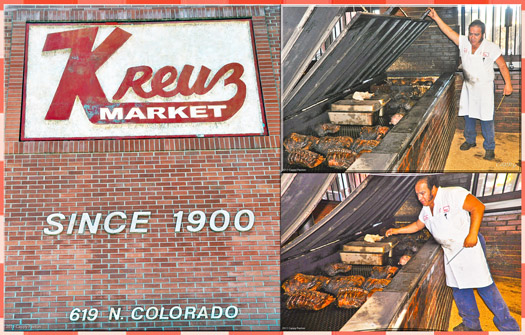
When the cotton pickers were brought to Texas, most unwillingly, they brought their porcine preparation technique. None of the oink'r was wasted. The ingenious folks built pits and slow cooked the meat until even the lesser parts were as succulent as the prime cuts. Lucky for the cowboys and the rest of Texas, they applied the technique to beef as well. Just before the 20th century, beef was pennies a pound. We can thank the ranchers and cowboys for that.
During this same period of time, you could find many German and Czech butcher shops with large pits, out-back, that slow-cooked meat before it went bad. Then about 1906, Texas organized their Health Department, open pits were proclaimed unsanitary. Not one's to be easily deterred; the butchers designed ovens that smoked and slow-cooked the meat. The modern Texas tradition of barbecue began. We can thank the Germans and Czechs for that.
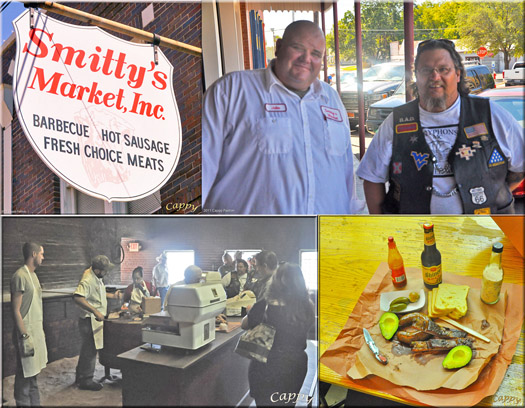
Buckaroos, I'm running out of space but not out of information. I'll leave you with a quick wrap-up. 1900 is when the Kreuz family opened their restaurant. The old man left his son the business and his daughter the real estate. The two could never agree on the rent, so the son took the coals right out of the pit and started the business known today as Kreuz. The daughter renamed her business Smitty's, in honor of her father ... in a nutshell.
Smitty's, hands down, has the atmosphere. Kreuz is much more modern. To a man, we threw away the sides at Kreuz. Smitty's has passable sides. Kreuz had some of the best brisket we'd eaten on our tour. I give the nod to Smitty's for their ribs. BAD thought the Kreuz pork-chop was dry in the middle. Here's the shocker. None of the afore mentioned restaurants got our top rating. You'll have to tune in next month to find out about our number one pick. Until then...





